Corporate Office
40W201 Wasco Road, Suite D
St. Charles, IL 60175
Phone: 630.587.0470
Fax: 630.587.0475
DuPage County Department of Public Works – Sidestream Nutrient Removal Study
DuPage County owns and operates three wastewater treatment facilities, ranging in size from 0.5 MGD to 12 MGD. The largest of these is the Woodridge – Greene Valley (WGV) WWTP located along Illinois Route 53 in the Village of Woodridge. This facility serves approximately 85,000 residents in unincorporated DuPage County.
In 2015, Waste Management of Illinois approached the County regarding acceptance of leachate at the WGV plant. The Greene Valley Recycling and Disposal Facility (GVRDF) generates approximately 20,000 gpd of high strength waste through percolation of precipitation through the landfill layers. This waste contains, among other constituents, over 160 mg/L of ammonia.
It was requested that TAI, as the County’s on-call wastewater engineers, evaluate the impacts of accepting this leachate at the WGV facility. While the treatment plant is only hydraulically loaded to approximately 69% of its design flow, it approaches ammonia permit limits each spring and does not have significant excess nutrient removal capacity. Accepting the high-strength leachate without treatment would pose risks to the facility’s ability to consistently meet permit limits. For this reason, TAI reviewed a number of alternatives for treatment of leachate, as well as reducing the plant’s overall ammonia loading.
To evaluate the sidestream treatment options, Trotter and Associates created a biological process model utilizing Envirosim’s BioWin© software. This model was used to determine that while pretreatment of leachate reduces the ammonia impact, the plant would likely need to investigate sidestream treatment within the plant to meet future ammonia limits. The recycle stream from the plant’s dewatering process comprises over 30% of the total influent ammonia. In light of this, the study evaluated three alternatives for treatment of the filtrate sidestream.
The County and Trotter and Associates investigated treatment of filtrate through conventional nitrification utilizing waste activated sludge, as well as anammox/deammonification processes. Two anammox processes were evaluated – World Water Works’ DEMON System, and Veolia/Kruger’s ANITA-Mox System. It was determined that both of these processes would reduce aeration requirements by 60%, require no supplemental carbon source, and no external alkalinity addition would be required. Ultimately, it was the recommendation of the report that sidestream treatment utilizing one of these two anammox processes be implemented to ensure continued compliance with NPDES permit limits, and to allow receiving of landfill leachate.
CORPORATE OFFICE
© Trotter & Associates, Inc.
CORPORATE OFFICE
© Trotter & Associates, Inc.

